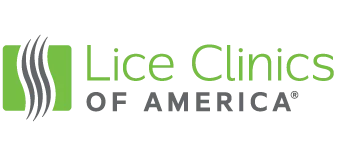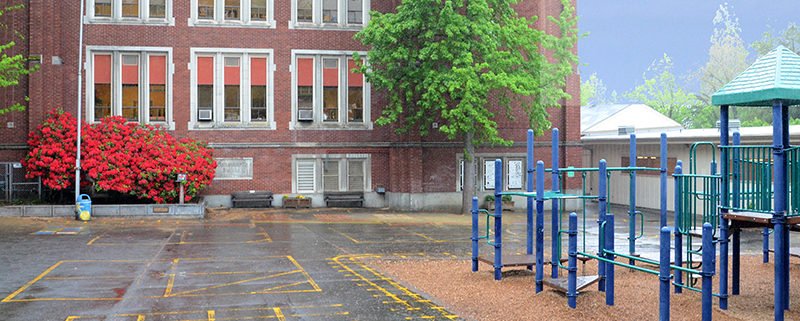Why Schools Are Moving Away from “No-Nit” Policies
So Why are Schools Moving Away From “No-Nit” Policies?
When kids get lice, two of the most commonly asked questions parents ask at Lice Clinics of America – Northwest are, 1) why wasn’t I notified that lice were found at my child’s school? And, 2) why aren’t kids with lice sent home from school until they are lice-free?
“The majority of the schools have moved away from ‘no-nit’ policies that require students to stay of school until they are lice and nit free,” says Mark Meyer, co-owner of Lice Clinics of America – Northwest. “The recommendation of the Centers for Disease Control and Prevention (CDC), the American Academy of Pediatrics (AAP) and the National Association of School Nurses (NASN) have all stated that no-nit policies should be discontinued.”
The past decade has seen a major shift in the medical and educational communities about how to deal with head lice. “Doctors, nurses and teachers now recognizes that head lice do not represent a serious health threat and a case of head lice does not warrant missing valuable school time,” Meyer said. “Also, while some schools will notify the parents of children that are found with head lice, most schools don’t warn other families because of the panic and blame that often take place.”
The school lice policy changes are designed to help keep children from missing class, shield children with lice from embarrassment, and protect their privacy. The CDC lists the following reasons for the change in lice policy:
-
- Many nits are more than ¼ inch from the scalp. Such nits are usually not viable and very unlikely to hatch to become crawling lice, or may in fact be empty shells, also known as ‘casings.’
- Nits are cemented to hair shafts and are very unlikely to be transferred successfully to other people.
- The burden of unnecessary absenteeism to the students, families, and communities far outweighs the risks associated with head lice.
- Misdiagnosis of nits is very common during nit checks conducted by non-medical personnel.
According to the AAP, “Most cases of head lice are acquired outside of school.” That’s why “the AAP continues to recommend that a healthy child should not be restricted from attending school because of head lice or nits (eggs). Pediatricians are encouraged to educate schools and communities that no-nit policies are unjust and should be abandoned. Children can finish the school day, be treated, and return to school.”
The reality for most school districts is that the effort involved in keeping schools entirely lice-free would be a futile use of their limited resources. The CDC estimates that there are 6-12 million cases of head lice in children between the ages of 3-11. This means that at least 1 in 5 students have lice at any given time. In the early stages of a case of head lice, many children display no symptoms as nits and adolescent lice don’t bite and don’t cause the itching sensation that indicates the presence of head lice.
Keeping a school lice-free would require constant checks of the entire student body, which is unrealistic and unnecessary for a condition that is not considered a health problem. That’s the conclusion that the CDC, AAP, and NASN have come to, and many portland school districts are following these recommendations.
“No-nit policies were developed because traditional lice treatments can take several weeks to be effective,” Meyer said. “The first treatment is designed to kill live lice but doesn’t kill eggs, or nits. Since nits can hatch over ensuing weeks, combing and nit-picking are required with a traditional treatment.”
“The good news for families in Oregon and Washington is that there are new lice treatments available that can kill live lice and nits in a single session,” Meyer stated. “Lice Clinics of America Portland offers head lice treatment using a first-of-its kind medical device, AirAllé®, which has been cleared by the FDA and clinically proven to kill live lice and more than 99 percent of nits in a single treatment that takes about an hour.”
The AirAllé® device uses carefully controlled warm air to dehydrate lice and eggs, and in the company’s network of 300+ clinics around the world, close to 950,000 cases of head lice have been successfully treated.
“With the AirAllé, your lice nightmare is over in about an hour, guaranteed,” Meyer said. “Regardless of your school’s head lice policy, kids can go right back to school the same day.”
When you hear the rumor of Lice in the class, it never hurts to schedule a peace-of-mind head lice screen. We find that many people start itching as soon as they hear the word Lice – the best way to stop the itching is to hear from a professional that you are lice free.
We currently manage lice clinics in Portland, Salem and Bend, Oregon and Vancouver, Washington. There are another 8 clinics throughout Washington. Our next lice clinic will open in Clackamas in July 2018.













